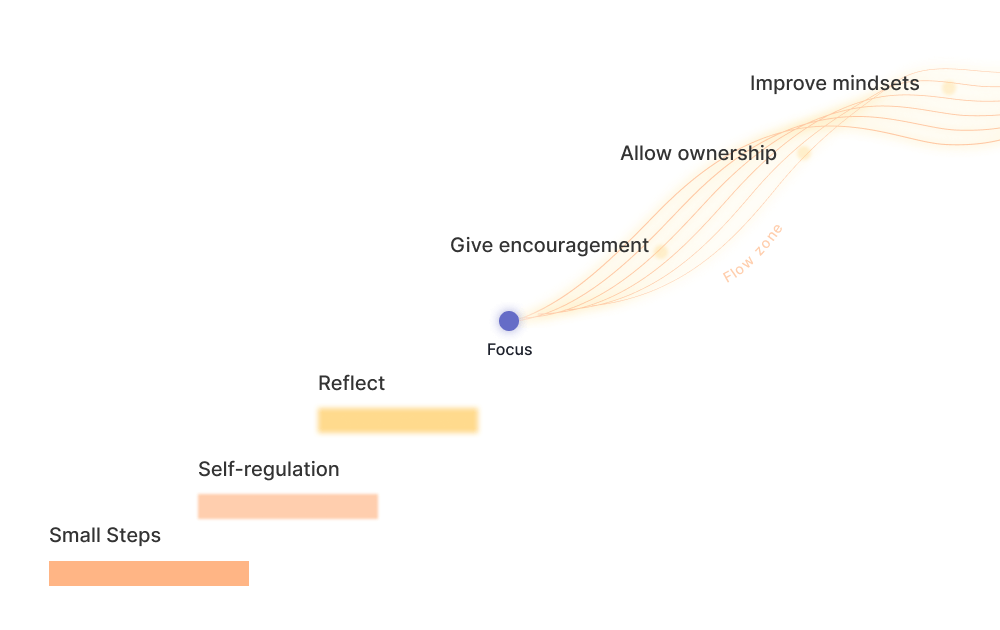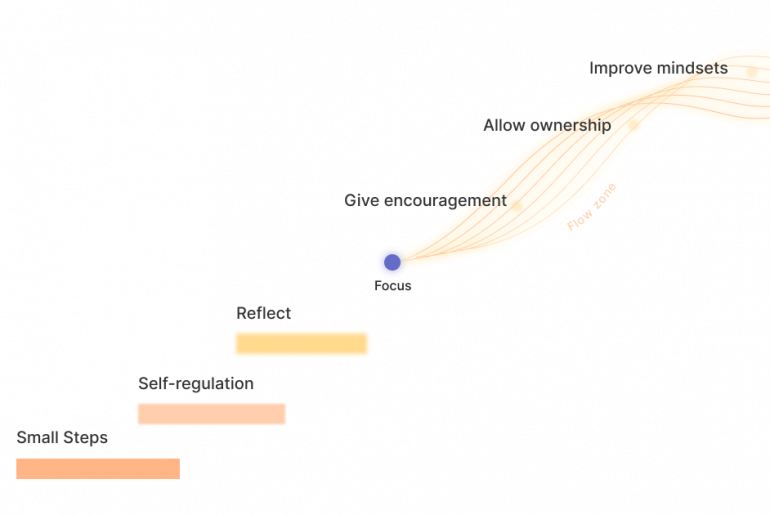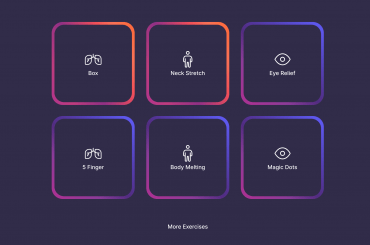In our first article, we proposed the idea that optimal learning experience comes from incorporating the goal of flow into structured learning environments.
We immediately acknowledged that while this might be conceptually easy to state, it is anything but in practice. Aiming for optimal is hard. Especially given the impacts of the pandemic. But at times of difficulty, there is a case to be made for aiming even higher.
One of the more immediately challenging aspects of this goal that we also highlighted, is that flow can’t be forced. You can only set the conditions for it. Your neurochemistry takes care of the job when it’s primed. Sometimes it works. Other times it doesn’t. And that is probably ok. Because the skills you are building through setting the conditions are just as important.
But it’s worth noting that we believe it takes real courage for an educator to aim for elusive and immeasurable goals – for both themselves and their students.
So what does it mean to set the conditions for flow in education? This is the question we’ve been trying to answer ourselves over the last six months. To answer it, we’ve gone deep into the intriguing world of neuroscience. To date, neuroscience has been relatively underutilized in education. But it has only recently started to reveal insights of practical value due to modern research techniques (ie, fMRI). Our sense was that now is the time to start going deeper.
Despite all the great insights along the way about dopamine, epinephrine, cortisol, mindsets, flow, etc. – it wasn’t until recently that we were able to start ordering our thinking about how to set the conditions in education. And it happened when we forced ourselves to try to map it into a traditional scaffolding.
Before we share our first attempt at a scaffold, let’s take a brief journey into two high-level, slightly-simplified neuroscience concepts that stuck with us after our research. That is the two-way street between behavior and neurochemistry, and the brain’s automatic pursuit of balance.
The two-way street. There seems to be a growing understanding, especially through accommodations for neurodivergence in education, that our neurochemistry drives behavior. What is less commonly understood, is how your behaviors and experiences affect your neurochemistry. Meaning, your routines and habits have a direct impact on your brain chemistry, which then feed further actions and behaviors. Play video games for a few hours? You have dramatically less dopamine in your brain for hours or more. Go for a run? You’ll increase the supply of dopamine and increase the amount of dopamine receptors in your synapses.
The pursuit of balance: Your brain pursues neurochemical balance from experience. This means that the response is oftentimes the opposite of what the experience is supposed to elicit. In philosophy, this is captured eloquently as the Backwards Law. This is often why pleasurable experiences lead us to feel pretty negative at their conclusion (ie, a hangover). And oftentimes difficult, stressful experiences can invigorate us (ie, working out).
We had these two general ideas rattling back and forth in our brains as we started to assemble our first scaffolding concepts. What actions should be included? In what order?
In our minds, the secret to a good scaffold comes from setting the right starting point. Start at the wrong place and it won’t work. As Maslow’s Hierarchy rightly suggests, if you are feeling unsafe, hungry, etc., you’ll never self-actualize.
And this brings us to what we believe is the most important thing to consider about this moment in time through the lens of neuroscience. Students (really, all of us) are entering learning environments already out of neurochemical balance. Games, social media and other attention-optimizing experiences leave our neurochemistry in deficit.
This means students’ (again, likely ours too) curiosity and resilience is diminished. Their ability to focus on anything outside a narrow field of interest is severely limited. We’ve heard it stated that it’s as though students don’t want to learn. This neurochemical imbalance is our digestion of what we think this means.
This is almost certainly why traditional teaching is more poorly received than ever. But more modern teaching approaches are also showing some weaknesses in the face of this challenge. Rely too heavily on targeting interests or passions and you can quickly diverge from the objective learning goals required due to the narrow window of interest. Lean into more engaging content and experiences (ie, dopamine-depleting activities) and you reinforce an incapacity to learn without gamification. We have to admit that considering these methods in the context of neuroscience makes them start to feel like short-cuts.
The better starting point, we believe, is focus itself. As a skill. Perhaps even, as a mindset.
Focus surely feels like a massive obstacle for most teachers to get past or around. Focus differs from leveraging engagement and student empowerment in one important way: you can achieve it with neurochemical balance. Which means, it could be the gateway toward optimal learning experience. Flow requires neurochemical balance in order to occur (unless the world gets gamified to oblivion, that is).
We readily acknowledge aiming for focus generates discomfort, stress, and anxiety as you cut out distractions. But if you are armed with the understanding of how the brain pursues balance from learned experience, you can realize that these reactions are actually priming the brain for optimal learning.
You’ll notice though, in our scaffold, that we didn’t start with focus. Like flow, we considered that focus can’t be forced either. So here is where we propose leveraging the two-way street of your biology. Better habits and routines (ie, behaviors) can be leveraged. This is where teachers can focus and provide help.
First and foremost, is an emphasis on process. Certainly, we’ve all heard this mantra – “focus on the process, not the result.” Intriguingly, neuroscience has proven precisely why this works. Through smaller steps and thus smaller goals, you can leverage your dopamine positively and avoid big depressive drops when things don’t work out in the results. Thus, taking small steps is the key to getting started. Then integrating regular, individualized, proven self-regulation activities (ie, SEL) with reflection is required for students to learn how to manage their anxiety and stress, and eventually find their focus.
This series of steps, if done right, has the potential to teach the skill of focus – an incredibly exciting possibility in and of itself.
Recall though, that focus is just the gateway. We’ve dwelled on it heavily here for that reason. But focus alone likely isn’t enough for everyone to reach flow with regularity. Stress and anxiety can return as challenges progress, and there will surely be environmental distractions. Students can get out of neurochemical balance and need other interventions. So we’ve laid out a set of further prospective actions to help increase the potential for success.
Once focus is found, this seems like the right time to introduce more agency as further brain reward – now, it is far more likely to align with learning objectives. It also seems like a great time to indulge in some good old-fashioned dopamine-producing variable-rewards, like encouragement. Developing additional mindsets, which neuroscience offers fascinating insights into, also can play a huge role once the foundations are in place.
What do you think of our scaffold so far? We are working on more detailed descriptions of these actions, but in the meantime: what would you add, subtract, or change? Join the discussion here.




